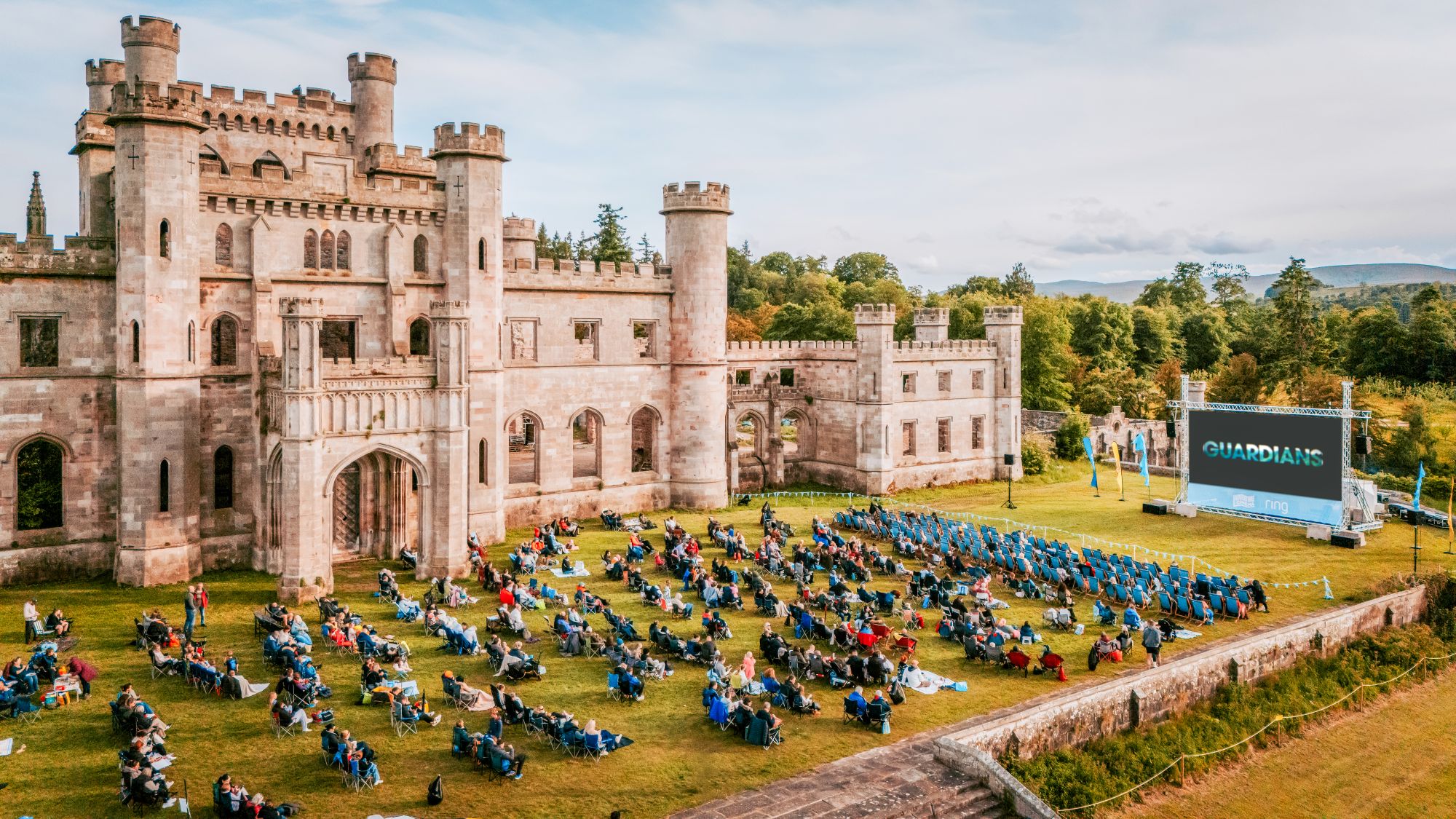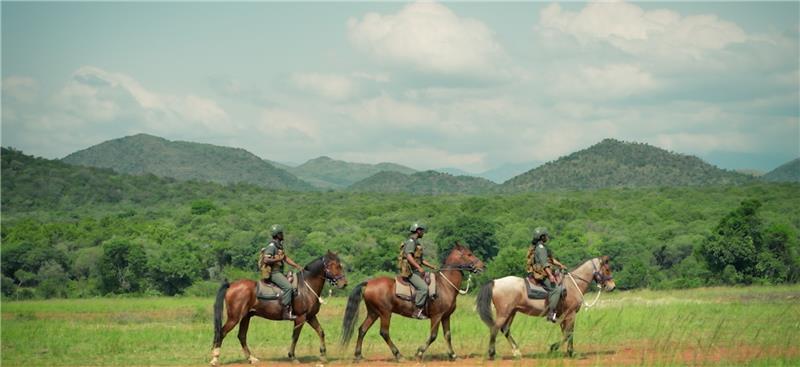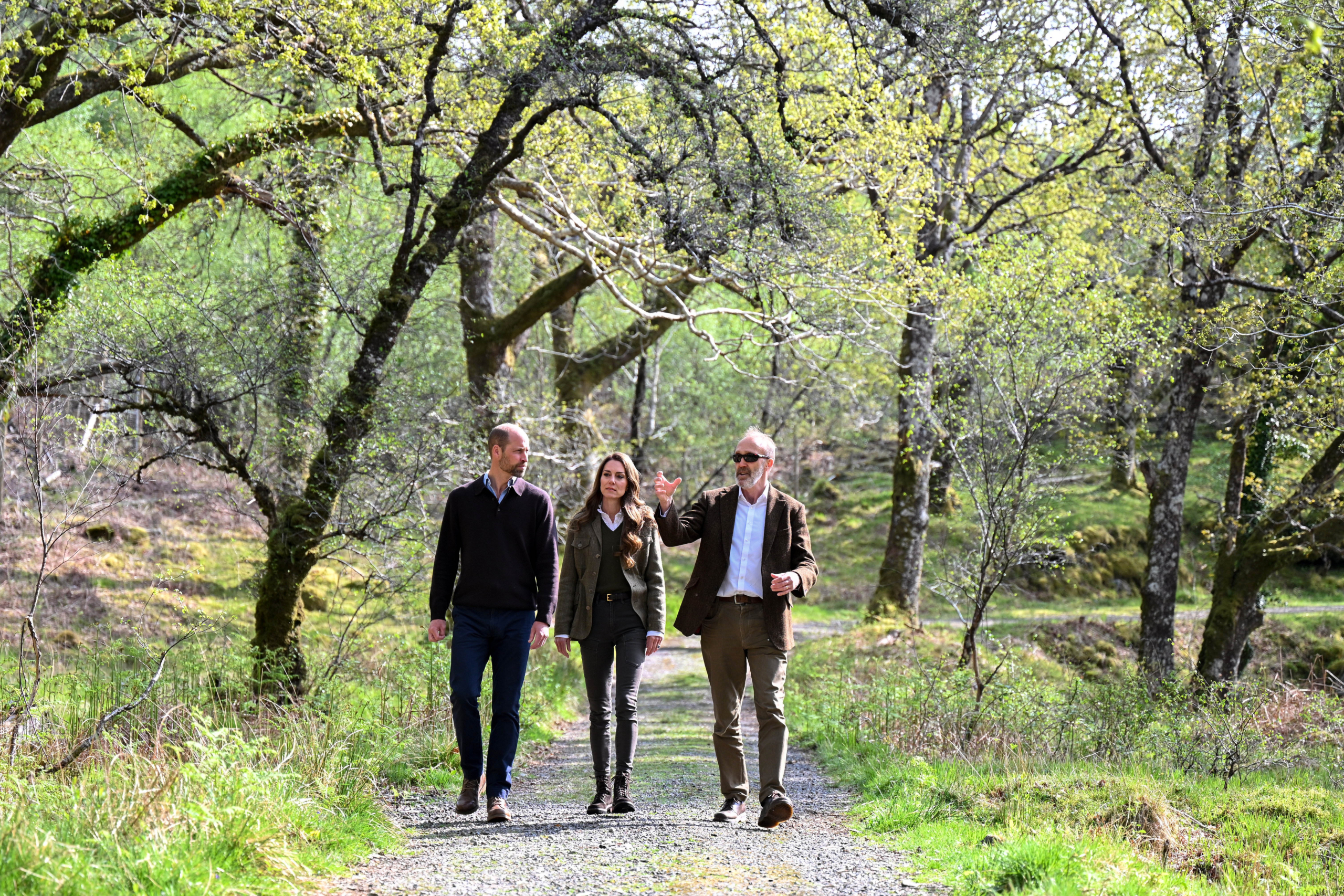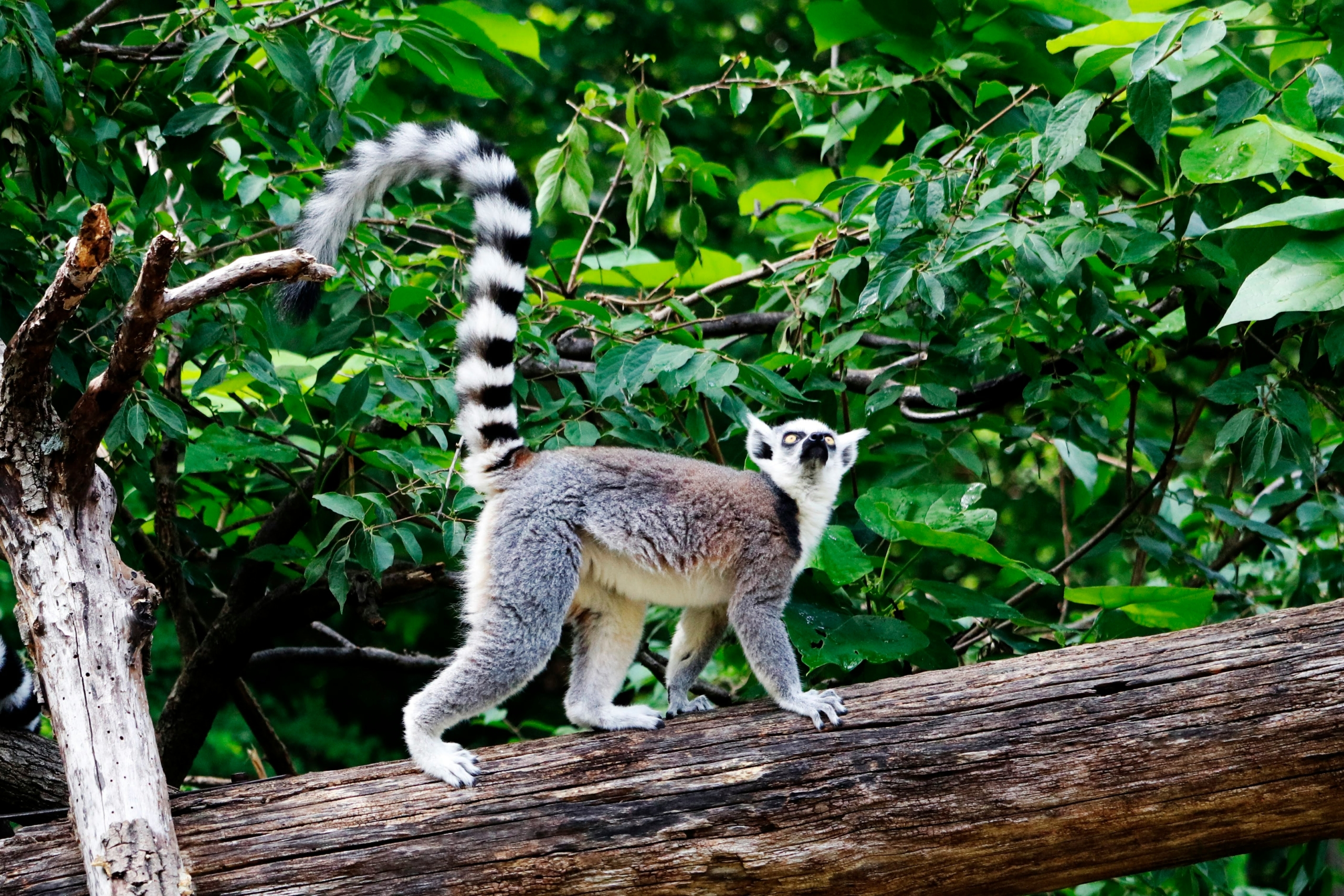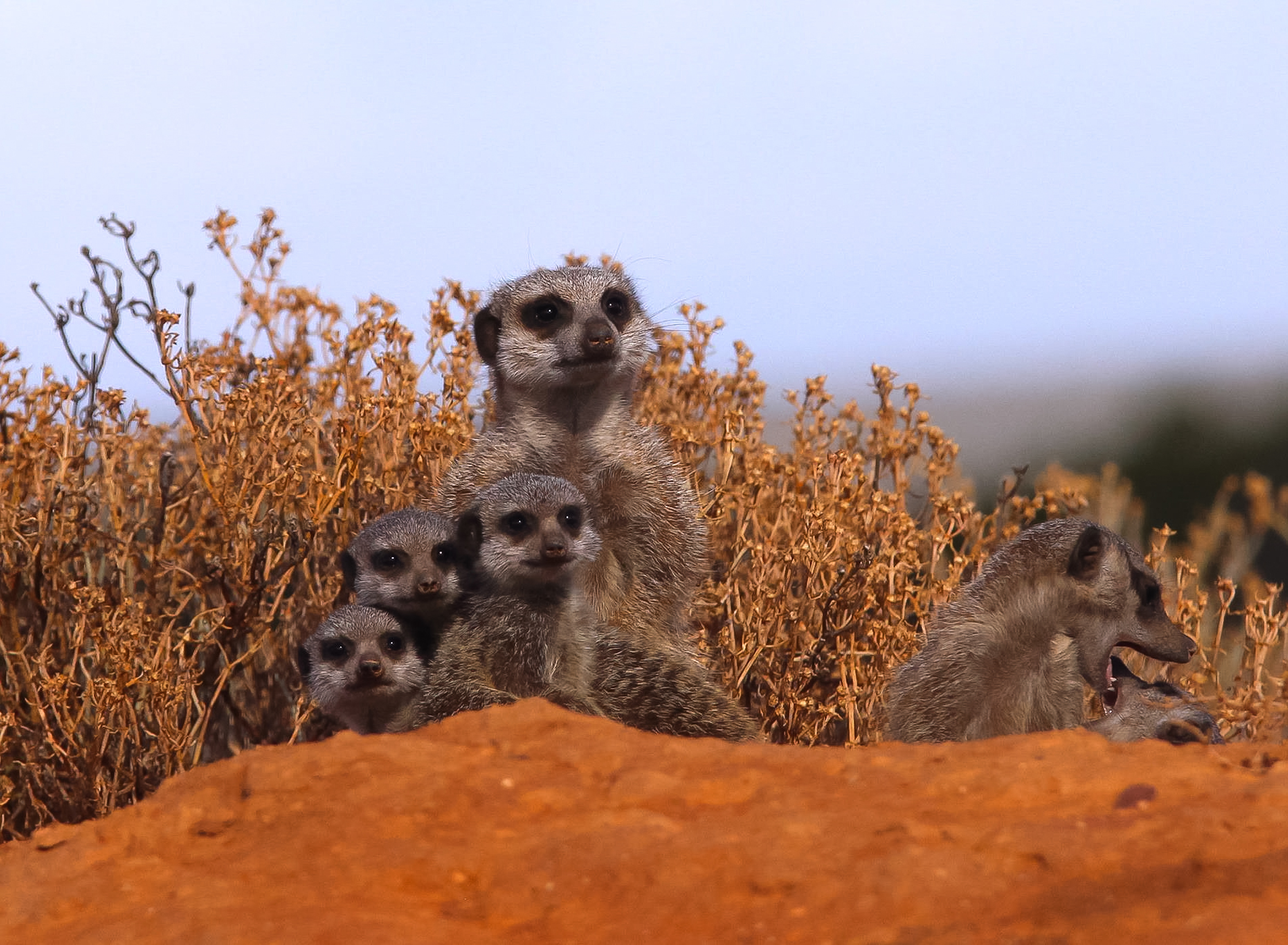
To mark IFAW (International Fund for Animal Welfare) joining United for Wildlife, Frances Goodrum, Head of Campaigns and Programmes, writes about the vital importance of collaboration at scale in fighting the illegal wildlife trade.
One meerkat stands watch over the savannah. It’s a shift that requires them to stand upright on their hind legs, observing movements in the landscape—ready to raise the alarm for potential predators. Another meerkat is in the burrow, looking after the young of the wider family group. Meanwhile, other members of the family are foraging and hunting for insects and grubs. When a snake slithers in, they rally together to fend off the threat, appearing more imposing as a collective.
Co-operating is a tried and tested survival technique in the animal kingdom. From aerobatic displays in the skies, seeing the murmuration of starlings, to below the seas where fish create shimmering shoals. Just like the meerkats, they’ve found ways to work together for protection.
Many animals rely on strength in numbers. As humans, we often look to nature to help us find solutions to complex problems.
Environmental crime, including wildlife trafficking, is big business and a complex, deep-rooted problem around the world. INTERPOL and UNEP estimate that natural resources worth as much as USD 91-258 billion annually are being stolen by criminals (UNEP, 2016). It’s lucrative and has many victims.
It’s estimated that at least 100 million animals and plants are trafficked internationally each year. That doesn’t even count what happens within borders, nor other types of wildlife crime. That’s millions of animals being stolen from their natural habitat and depleting populations.
Individual wild animals are also suffering – IFAW (International Fund for Animal Welfare) has documented this. African grey parrots are snared by glue traps to be sold into the exotic pet trade. One million endangered pangolins have been captured from the wild for their scales. Elephants are shot by poachers to have their tusks sold into ivory markets. And that doesn’t even scratch the surface.
Wildlife crime is unquestionably a threat to our natural world.
Rarely is it so simple as a sole trader, taking an animal and selling on directly. Mounting evidence points to wildlife crime involving multiple complex and sophisticated underground networks that operate across cultures, countries and continents. That’s why to tackle it, we need a collaborative approach to disrupt and break the chain.
Tackling the issue at source is essential. This is where working with communities comes in. IFAW are conservation experts partnering across 40 countries to help tackle wildlife crime, respectful of the complex cultural drivers behind human behaviour. Local support and engagement is key for a sustainable approach. In Amboseli, Kenya, Team Lioness – Kenya’s first all-female Maasai ranger unit, is at the forefront of protecting the region’s wildlife, while simultaneously helping to bridge the gender gap in conservation. It’s an innovative approach to conservation, tackling the issue where it begins, and creating new opportunities for women.
Through our partnerships with elephant range states, we are committed to finding models of sustainable conservation.
Research is also key in identifying policy impact. Our recent studies have looked at ivory trading in the UK, pre and post the Ivory Act 2018 coming into effect in 2022, which banned trade in ivory with limited exceptions. Our commissioned snapshot showed a 66% reduction of ivory adverts on online / antique marketplaces, with some sites tracking a 95% reduction. The UK Government has recently gone one step further, confirming it will extend this powerful legislation to cover ivory from five other non-elephant species – hippo, narwhal, sperm whale, killer whale and walrus. It serves as a solid policy we hope will have a ripple effect in countries considering banning ivory.
Returning to the global picture, ensuring that staff such as border control teams can effectively spot signs of wildlife trafficking and respond appropriately also helps catch culprits and rescue surviving animals. IFAW are involved in such training programmes. This helps enforcers understand what to do when they discover animals such as pangolins destined for wildlife trafficking. lead the Live Animals Seized in Trade (LAST) initiative. This helps enforcers understand what to do when they discover animals such as pangolins destined for wildlife trafficking.
So long as there is a demand, there will be supply, but curbing and implementing behaviour change initiatives can make the trade a dwindling niche. Illegal wildlife trade needs to become socially unacceptable if we’re to get close to the ambitious goals set at global forums held under the CITES agreement, which is tasked with ensuring the trade in animals does not threaten the survival of species.
But it’s no small feat. The complexities involved in unpicking the intricate web surrounding the global wildlife trade are vast. Looking at all the different touch points that move wildlife through the trade—even the more unlikely places—will help to identify unwitting facilitators.
That’s why we are thrilled to be joining the United for Wildlife network. There’s not one individual, organisation or body that can stop wildlife criminals in their tracks. That’s what United for Wildlife is about. Bringing together global NGOs such as IFAW, with our specialist experts in the field. The transport companies that play a role in ensuring they are doing everything in their power to prevent wildlife being transported on their carriers. The financial taskforce looking at ways that criminals may be using their networks to launder money associated with the illegal wildlife trade. And the regional specialists, that have the knowledge to empower local action. Only by working together as a united front, can we curb the illegal wildlife trade once and for all. It takes a network to stop a network.
It’s not too late to save numerous species from suffering, extinction and to keep wildlife where it belongs—in the wild. So just like the meerkats—we need to come together and find strength in numbers.


